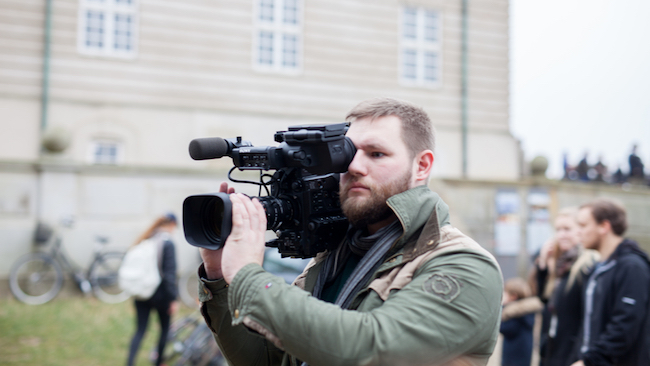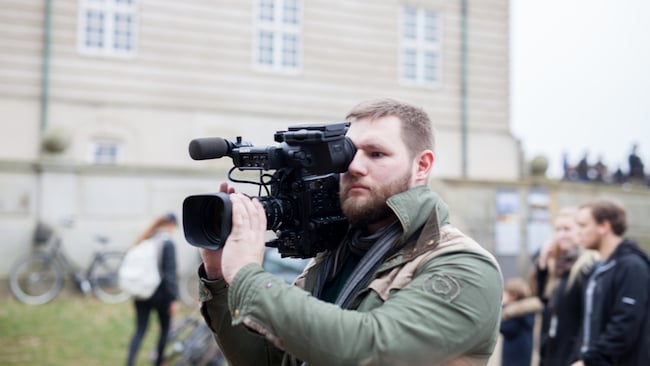
 Comfortable on the shoulder: the Sony PXW-X400
Comfortable on the shoulder: the Sony PXW-X400
Ergonomics is an increasingly important part of many industries, and when it comes to assessing the usability of a camera, is vital to a user’s long-term comfort.
The human body is like a suspension bridge, with rigid load bearing components that are held together under tension by muscles, tendons and joints. It is a subtle, balanced system, immensely strong but susceptible to any unnatural way of persistently standing, sitting or carrying can affect the whole body, not just a single part of it.
There’s an increasing awareness of the importance of ergonomics in production and broadcasting, with some national organisations employing their own ergonomics experts. Health and safety legislation has never been stronger. It’s important for camera professionals to be aware of this, and for camera manufacturers to do what they can to alleviate the effects of long-term camera use.
Inside Sony’s new PXW-X400, the weight has been redistributed to make the camera as ergonomically correct as possible.
Just in case you’re wondering why we even need shoulder mounted cameras in this age of miniaturisation, there are still very good reasons. Yes, there are some truly outstanding video cameras - many made by Sony - that are small enough to hold in the palm of the hand. Sometimes, depending on the type of work you’re doing, you might need something small enough to pick up and run with. If you’re climbing a tree, or under fire in a war zone, you might choose something smaller.
But for typical day-to-day broadcast work, it’s hard to beat the shoulder mount format. The layout is absolutely standard to virtually every camera operator worldwide, with switches for gain, white balance and filtration falling in exactly the place they've been for decades. Shoulder mounting the camera gives it far greater stability, spreading out the mass of the camera to create greater resistance to vibration without adding excessive weight.
With the new weight distribution optimised PXW-X400, there is no front-heaviness due to the weight of most lenses, making it possible to use the camera longer, and with more comfort - and of course, less risk of long-term damage through poor posture. With low power consumption of 22 watts, the need for large, heavy batteries is minimised. The industry-standard 2/3” lens mount provides compatibility with a huge range of broadcast lenses, with the instant responsiveness of a true mechanical design, or, soon, a 16x autofocus lens.
Sony has also made the PXW-X400 compatible with the HDVF-EL20 and HDVF-EL30 OLED viewfinders, both with full HD resolution. OLED viewfinders offer a lag-free image with excellent contrast control, with the EL30 providing a 3.5”, flip-up TFT display for comfortable viewing during lengthy events without the need to lean into the viewfinder eyepiece.
The PXW-X400 has improved workflow features in addition to its ergonomic talents. For example, with a single button push, the camera will wirelessly transfer either proxy or full resolution files to the studio or office in the background - without affecting normal shooting activity. This allows the camera operator to concentrate on getting the best images, instead of having to worry about delivering the material.
In an era where new cameras grab the headlines through larger sensors and new form factors, it’s important to remember that the shoulder mount camera evolved into what it is today because of comfort and practicality. With its emphasis on balance and ergonomics, the PXW-X400 is a significant advance in camera design.
For more information, click here.
Tags: Production


Comments